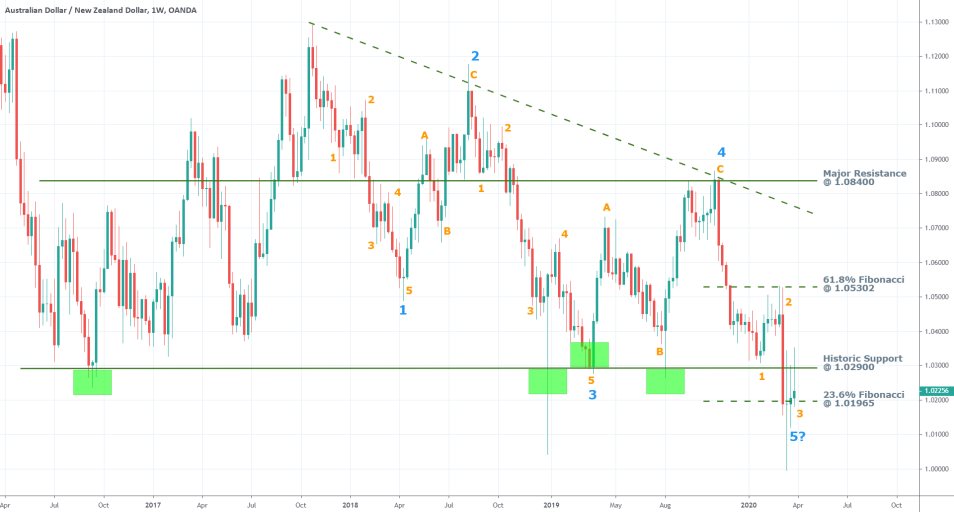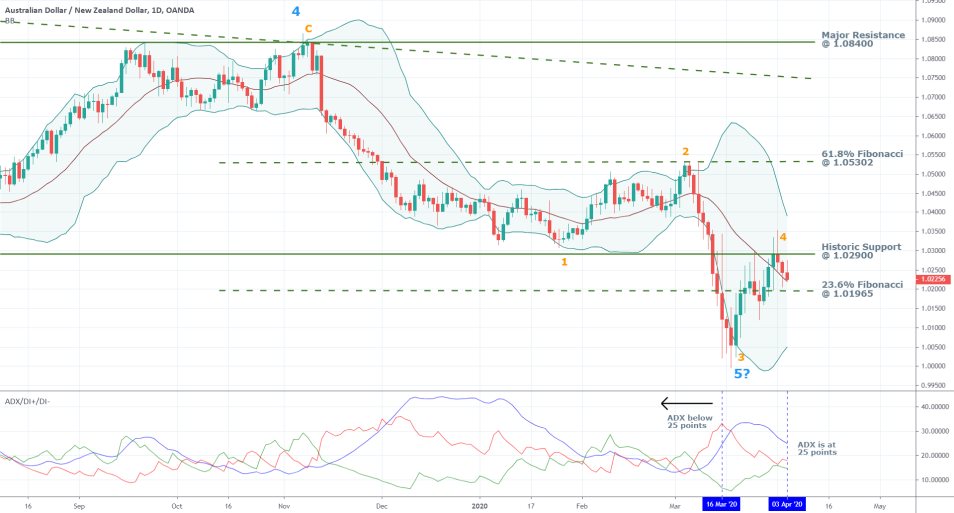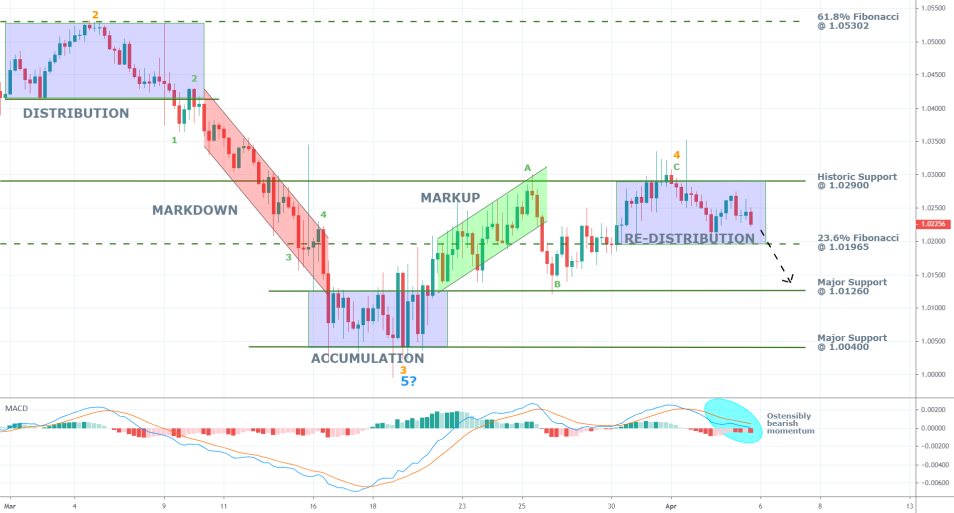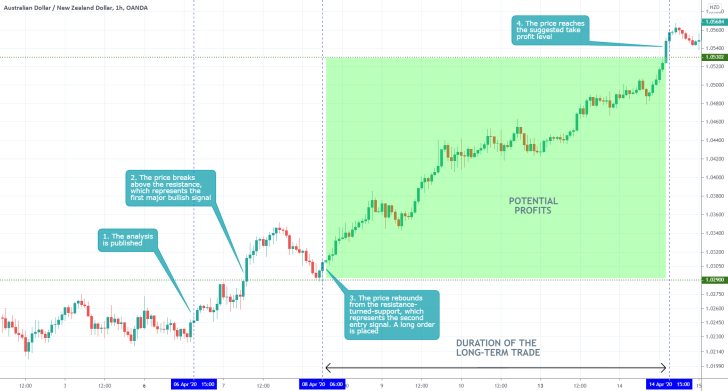Australia and New Zealand were the first advanced economies after China to be hit by the coronavirus’ economic fallout, as the outbreak was on its way to becoming a global pandemic at the start of last month. That is so because of their massive dependency on trade with China, which only recently started lifting off its restrictions as the COVID-19 epidemic started to subside.
Australia and New Zealand’s economies are closely interconnected to the global supply chains, but once this connection is disrupted, they start feeling enormous strain. That is what happened as governments worldwide started to impose national lockdowns last month in a bid to curtail the spread of the pathogen.
Essentially, the most vulnerable advanced economies were hit the hardest when China and the rest of the world went on lockdowns, and the timing of the pandemic underscored the weak links in the two countries’ economies.
All of these factors contributed to the gloomiest growth prospects for Australia and New Zealand in decades. Nevertheless, the Reserve Bank of Australia and the Reserve Bank of New Zealand’s timely interventions last month ensured the continuation of liquid support for the two financial systems so that the pandemic can be weathered.
That is why this week’s monetary policy meeting of the RBA is highly anticipated by investors. The outcome of the meeting is going to shed light on the most recent economic developments that have been observed by the Bank since it decided to cut the OCR and boost its asset-purchasing program last month. Apart from illustrating the current state of the Australian economy, the outcome of the meeting is also likely to have profound implications for the strength of the Australian dollar over the next quarter.
Given the considerable size and scope of the measures that were undertaken by the two governments in curbing the negative impact from the pandemic on the economy, the next several months could prove crucial for the long term price action of the AUDNZD.
That is why today’s analysis examines the current state of the AUDNZD and underscores the most important fundamental factors that are likely to impact the direction of the price action in the foreseeable future.
1. Long Term Outlook:
As can be seen from the weekly chart below, the AUDNZD recently broke down below the historic support level at 1.02900, but then the price quickly consolidated just below it. Thereby, the most pressing question right now is whether the two equally-hit currencies are going to continue consolidating in a narrow range, or a new directional price action can form relatively soon.
Within the broader context of the price action represented on the chart below, the pair has been trading in a loose bearish trend since October 2017. The swing lows and swing highs of this trend are highlighted by the Elliott Wave Theory (look at the waves represented in blue).
Judging by the shape and form of this broad 1-5 Elliott Wave Pattern, it appears that the selloff prompted by the coronavirus was the catalyst for the formation of the final impulse (the 4-5 leg). It follows that the AUDNZD's long term trend might have already reached a bottom in the wake of the most recent developments on the market.
This assertion leads to the conclusion that a price consolidation around the current level seems more likely than the continuation of the bearish trend’s development. Nevertheless, the potential formation of new downswings in the short term should not be completely disregarded.

As can be seen, each leg of this broad 1-5 Impulse Pattern is, in turn, comprised of lesser Elliott Wave Patterns (in orange). The two impulses (0-1 and 2-3) are comprised of two independent 1-5 impulse patterns, and the two pullbacks (1-2 and 3-4) are comprised of ABC correction patterns.
If this relationship is preserved in the future, then we are yet to see the formation of one minor pullback (3-4) and the last minor impulse (4-5). Consequently, the underlying bearish sentiment is not yet completely exhausted, and we may still see significant dropdowns in the price action.
The last bullish pullback (the 1-2 leg in orange) found strong resistance from the 61.8 per cent Fibonacci retracement level at 1.05302. This underpins the significance of the Fibonacci levels as prominent levels of support and resistance.
The price is currently consolidating just above the 23.6 per cent Fibonacci retracement at 1.01965, which could highlight the likely future behaviour of the price action. On the one hand, if this support level holds, then the market could have indeed reached a significant bottom, and the price action might be bracing for the formation of a new bullish channel. On the other hand, if the price action breaks down below set level, the underlying bearish sentiment would evidently still be prevalent in the market, and the broader bearish trend could continue to head further down south.
2. RBA’s Monetary Policy Meeting:
The most important fundamental event to consider at present is the upcoming interest rate decision of the RBA, which is scheduled to take place this Tuesday. There are no such crucial events taking place in New Zealand this week, which is why in our fundamental section of the analysis, we are going to focus exclusively on the economic situation in Australia.
Unlike most other countries, the impact from the coronavirus’ economic fallout was especially severe in Australia, which was already reeling from the bushfires that were raging just before the outbreak. That is why RBA’s two emergency meetings from March played such a pivotal role for stabilising the financial system in the country, which was put under tremendous pressure.
The central Bank's relief package is going to help the Australian economy recover once the pandemic is dealt with, but the journey there is going to be long and arduous. The risks from the healthcare crisis are still not completely mitigated. The private sector in the country continues to struggle with the multiple complications stemming from the pandemic and the government's response.
Due to the long time that investors anticipate would be needed for the Australian economy to recover from the initial shock, the RBA is unlikely to implement any drastic measures at present. Tomorrow's monetary policy meeting is likely to conclude with a reflection on the most recent developments. However, RBA's Governing Council is almost certainly going to abstain from changing the underlying monetary policy of the Bank.
We are likely to see heightened volatility on the AUDNZD tomorrow, on the condition that the Council reveals the emergence of new headwinds for the financial system in Australia since its previous meeting. Conversely, the pair is likely to continue with its muted price action above the 23.5 per cent Fibonacci retracement level at 1.01965 in the next following days.
3. Short Term Outlook:
The Bollinger Bands on the daily chart below illustrate the waning adverse volatility in the market, which could be interpreted as potential evidence of price consolidation. The price failed to break out above the historic support (currently acting as a resistance) level at 1.02900 but continues to be threading above the BB's middle line, which is yet another piece of evidence signifying the price consolidation.

The ADX was signifying trending market environment at the height of the 3-4 pullback but is currently falling below 25 index points, which is illustrative of range-trading environment. Hence, the short term market conditions are also exhibitive of the aforementioned price consolidation.
As regards the 4H chart below, the underlying outlook of the price action seems to be leaning towards the downside. The AUDNZD's price currently finds itself trading in a Re-Distribution range, which entails rising bearish momentum in the market. The MACD further confirms this.
Overall, there seem to be two likely scenarios for the pair's behaviour in the near future. It is either going to consolidate or alternatively, the pair would continue heading further south.
As it was already mentioned earlier, a key thing to watch for is the behaviour of the price action around the 23.6 per cent Fibonacci retracement level at 1.01965. If the price breaks down below it, the bearish momentum in the market is likely to be amplified. Conversely, the range play is probably going to be prolonged.

4. Concluding Remarks:
The AUDNZD is nearing the end of a significant bearish trend, which took more than two years to unfold. Yet, traders should not be rushing to enter long on the anticipation of an immediate trend reversal. The price action could once again fall as low as the tremendously important psychological level at 1.00000 before it finds the necessary support.
It should be remembered that both Australia and New Zealand were affected considerably by the outbreak of the coronavirus, which makes their respective currencies similarly impacted. Hence, the bearish trend’s termination is more likely to be followed by the formation of a major consolidation range as opposed to a snap trend reversal.

- The analysis rightfully so determined that the long-term bearish trend on the pair has finally come to an end, however, it failed to appreciate the bullish sentiment in the short run. It anticipated a protracted consolidation of the price in a broad range, and instead, the price started rising almost right away. The big takeaway here is that one should never make assertions about the future behaviour of the price action without evidence. At the time of the analysis, there was planty of underlying evidence suggesting that the bearish trend was coming to an end. However, the assertion that the price would consolidate afterwards was based on preconceived expectations without solid evidence backing them up.
Disclaimer: Your capital is at risk! Trading and investing on the financial markets carries a significant risk of loss. Each material, shown on this website, is provided for educational purposes only. A perfect, 100% accurate method of analysis does not exist. If you make a decision to trade or invest, based on the information from this website, you will be doing it at your own risk. Under no circumstances is Trendsharks responsible for any capital losses or damages you might suffer, while using the company’s products and services. For more information read our Terms & Conditions and Risk Disclaimer.





















